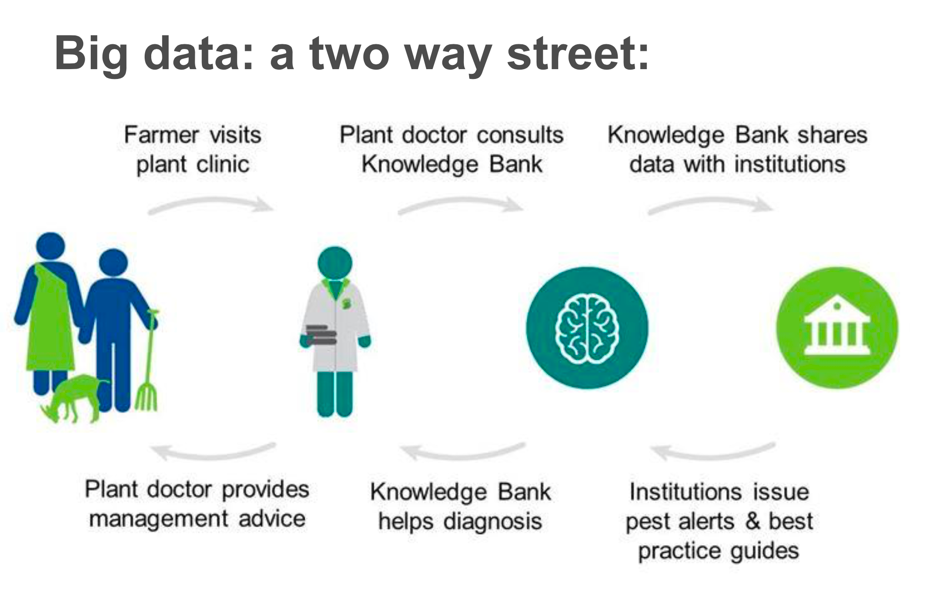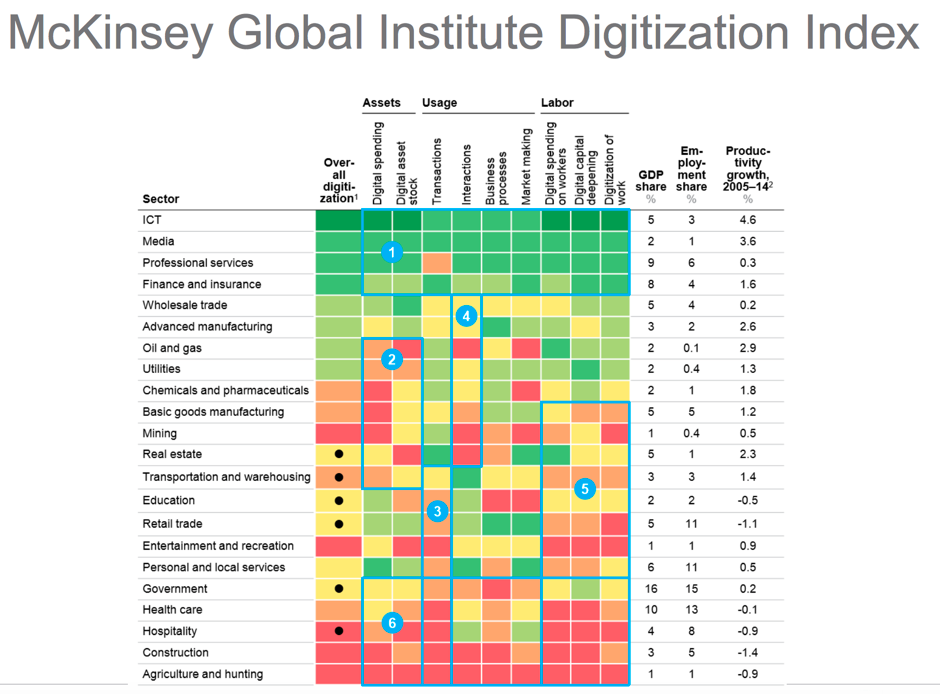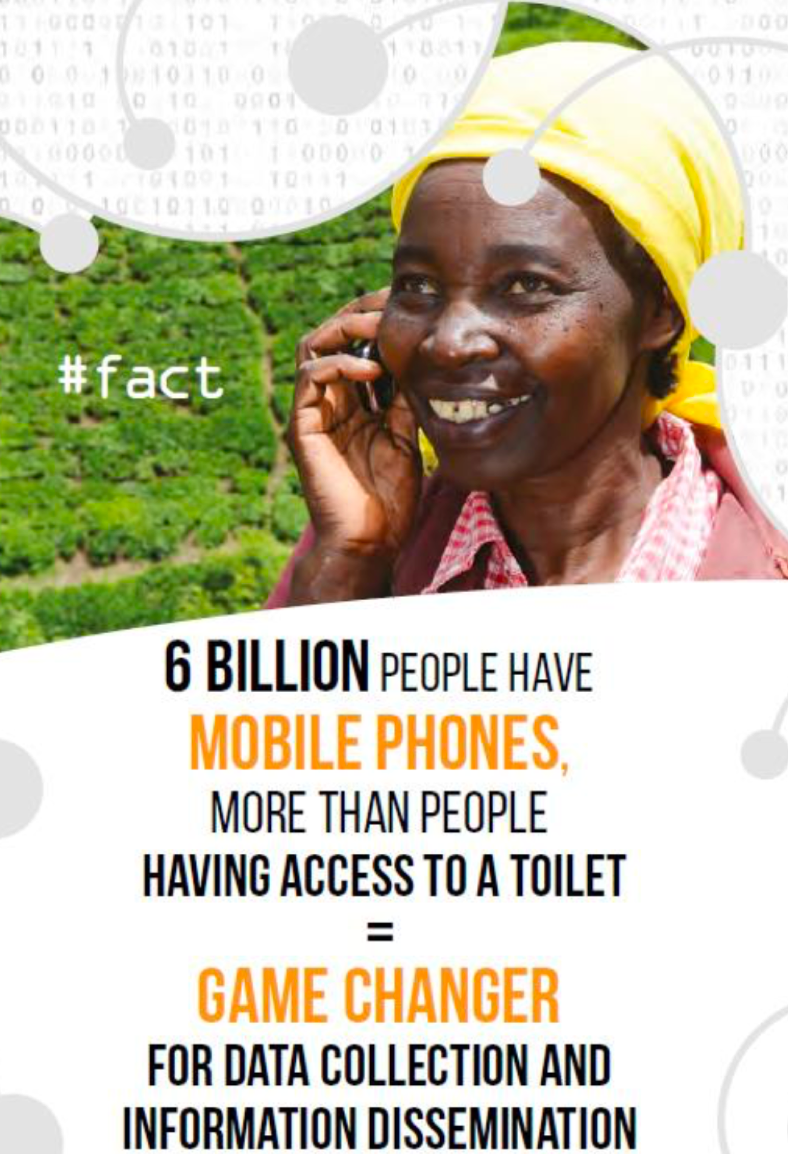A whip around the Crawford Conference
After a huge (and successful) week at the Crawford Conference and hanging out with a bunch of incredible young scholars a few of the RAIDers sat down and put together their take home messages from the presenters. The conference was a brilliant fusion of experience, youth and inspirational ideas – hopefully we have managed to capture some of the enthusiasm and knowledge that was shared. Have a read and tell us what you think.
Conference dinner speaker: Dr Lindiwe Majele Sibanda (Vice President for Country Support, Policy, and Delivery of the Alliance for a Green Revolution in Africa) told us a compelling and heart-warming ‘lived experience case study’, which shed light on a A New Narrative for Ending Hunger. She provided insight on how we need a more integrated farm and global approach for food security, using nutrition as a driver for shaping the supply response in agriculture.
Morning Keynote: André Laperrière, GODAN, ‘How can big data transform smallholder farmers’ lives and livelihoods?’ Andre put an emphasis on the fact that data is knowledge and empowerment. We need to make data – environmental, agricultural, climate or demographics – findable, accessible and easy to understand, and then work with smallholder farmers to make use of it to make better and more informed farming choices.

Picture 1: A slide from André Laperrière – highlighting the importance of the feedback loop on data
Uses and challenges of big data for agricultural development:
Overview, Steve Matthews, Gro-intelligence – There is no common language that industry uses to record data information. This makes it hard to understand and hard to implement on farm in a useable format. Robust data in the right format can be developed into global solutions to provide tools for smallholders to make better decisions.
- Mario Herrero, CSIRO, ‘Global data, farm size and food and nutrition security’. We need to continue to gather transdisciplinary data- economics, biodiversity, farm size nutritional output- to compare farms across systems, globally. We are now at a point with technology that we can use this information to create time-series data for real analysis of development impact, creating a global integrated assessment to move forward in using technology to create a more food and nutritional secure world.
- Ken Street, ICARDA, ‘Big data for genebank mining’ – It’s important to develop rational methods of using our data to dig into our genebank resources when searching for rare plant traits, to capture what we need in a small-subset instead of searching thousands of accessions.

Picture 2: A table that was shared in Steve Matthews’ presentation and a couple of others during the day. It shows that agriculture is right at the bottom of the list in terms of industries and their use of digital technologies.
ICT adding value for smallholders
Overview: Dr David Bergvinson, Director General, International Crops Research Institute for the Semi-Arid Tropics (ICRISAT) -Digital innovation provides an opportunity to entice youth back into agriculture. Attracting young energetic people in extension and market integration, and part of this is harnessing the benefits of ICT in communication, which is crucial in science.
- Stu Higgins, AgImpact, ‘Do MAD researchers add value for smallholders?’ – Digital innovations such as CommCare save time in data collection and improve data quality. It’s important for us to give this time back to the farmer. These tools give us a chance to pay the farmer back, with knowledge, in real-time – potentially providing inspiration to implement change.
- Andrew Mude, Principal Economist, International Livestock Research Institute (ILRI), ‘Index Based Livestock Insurance for Managing Asset Risk’ – We have been running a large program with one of the companies providing insurance to smallholder livestock farmers. A key part of this is having the agents understanding the products. Once-off training doesn’t work, field staff need on-going interaction to keep updated and continue to develop their skills.
Uses and challenges of big data for agricultural development
- Prof Salah Sukkarieh, University of Sydney, ‘Digital Farmhand – data analytics and robotics for food and nutrition security’ – The robotics being developed represent a futuristic leap towards digitisation of agriculture and livelihoods. Our robotic tractors have the potential to reduce on farm labour and improve the efficiency of input use. If a prototype can be developed at an affordable price, some smallholders may soon be working plots with a remote.
- Dr Pham Thi Sen, NOMAFASI, ‘Farm level data for decision making, evaluation, traceability and quality assurance’ – The Vietnam example ‘Moc Chau vegetable certification project’ harks back to a time when the origin of food was more transparent and local. Through the use of QR codes consumers can trace their food back to a cooperative of farmers working to reduce their inputs to improve food safety and sustainability.
Afternoon keynote: Dr Andy Jarvis, Leading the CGIAR Big Data Platform, International Center for Tropical Agriculture (CIAT), ‘How to digitalise agricultural systems in the developing world’ Actionable personalised information is what we want. This might be easy for an urban beer swilling researcher, but adapting that idea for a rural farmer in the country you’re working in is a different story. Extension adapted to these farmers are the way to go and a text messaging system from an anonymous number isn’t going to solve all our problems. Trust is important and it’s part of the equation which will help build the crucial relationships needed to pass on complex information and help farmers adapt to their changing system.

Picture 3: One of the slides from Andy Jarvis highlighting one of the game changers in the last decade.
Some thoughts from question time & chatting to young scholars
Talking to some of the Crawford scholars a number of challenges and points were raised that justify further discussion. Some of which were also raised during question time.
- Food sovereignty is important and the world needs to start thinking this way.
- Data ownership: Who owns the data that is being collected? Thinking about what the smallholder farmers have and know and if they even want to share that information is an extremely important consideration.
- It’s interesting to see the different opinions on data across the sectors represented at the conference (including researchers, policy, private sector, projects). Who owns the data? What is the value of the data? Should it be open access? What implications does this have? How will people commercialize that information? Do they have a right to?
- Dr Pham was the only female presenter of the day and the debate around how gendered social relations are carried out in a digitised agricultural world were largely overlooked with those questioned responding with “I haven’t really thought about it” or “we need to do more work on this”. Meaningful consideration of this in all areas is imperative to ensure all stakeholders in agriculture are reached, engaged and can share in the benefits of the digital revolution.
This year’s Crawford Fund conference asked “could access to and better interpretation of data and information herald improvement in agricultural productivity and profitability in developing countries, and Australia, comparable in impact to the Green Revolution?” And whilst there is much work to be done, the answer is yes, digital agriculture is the way forward in developing systems and smallholder growth.


